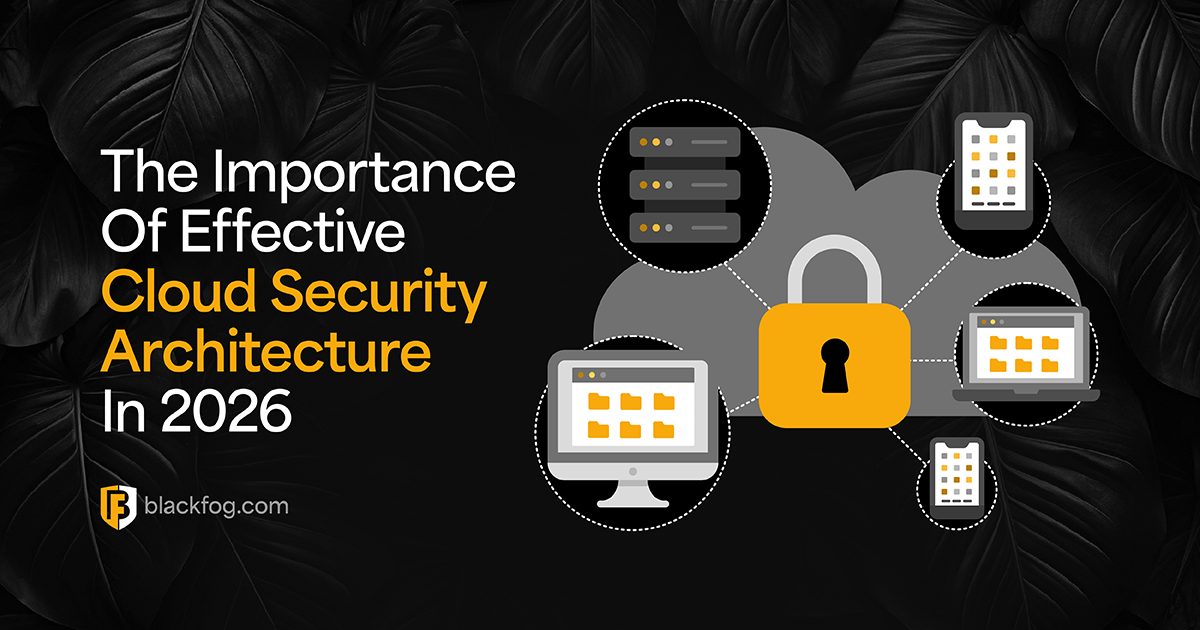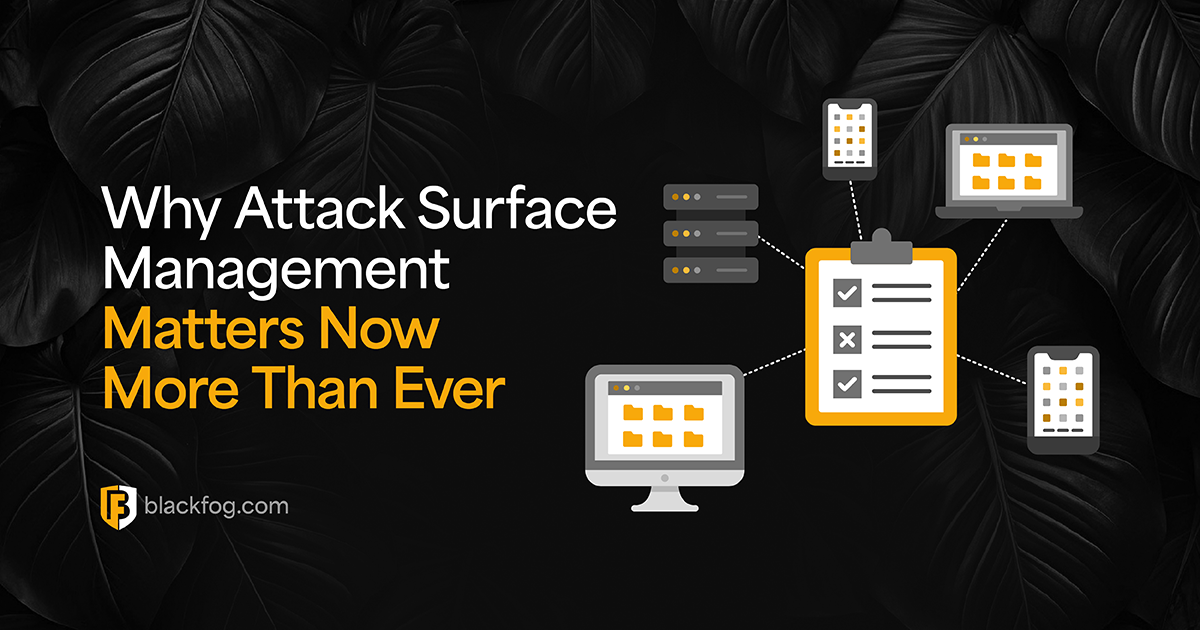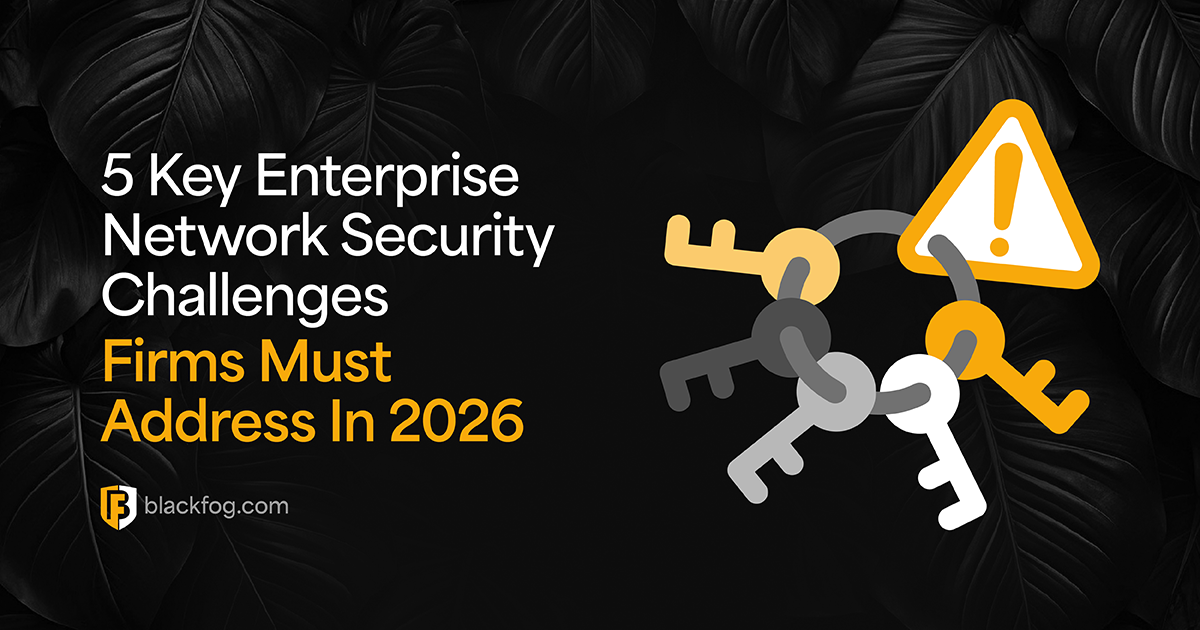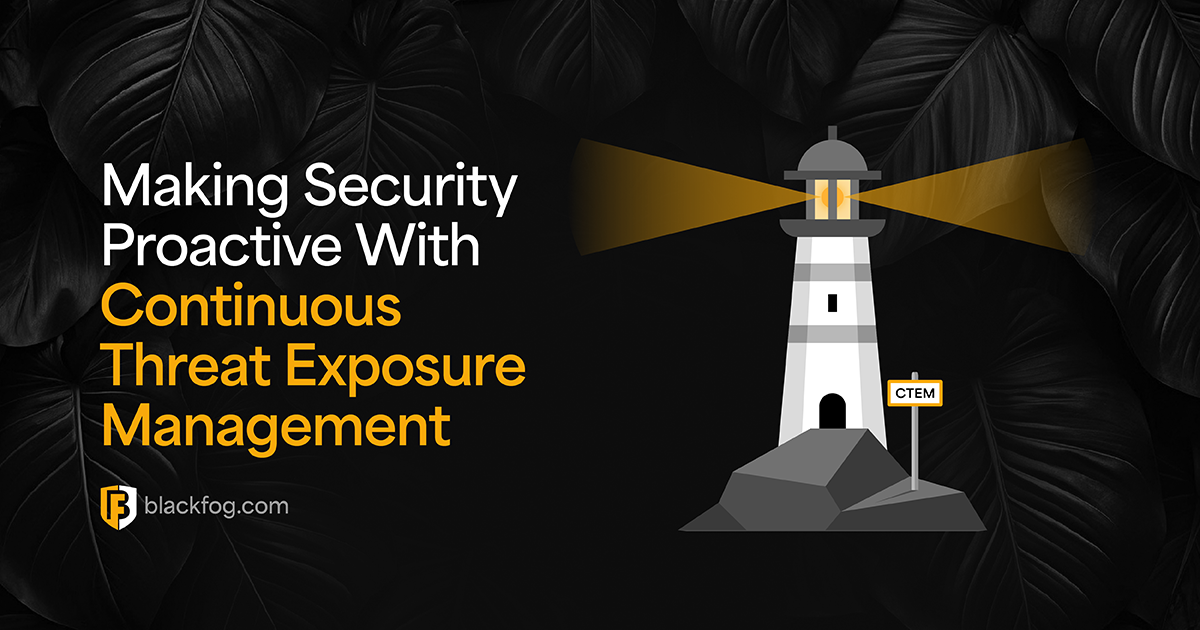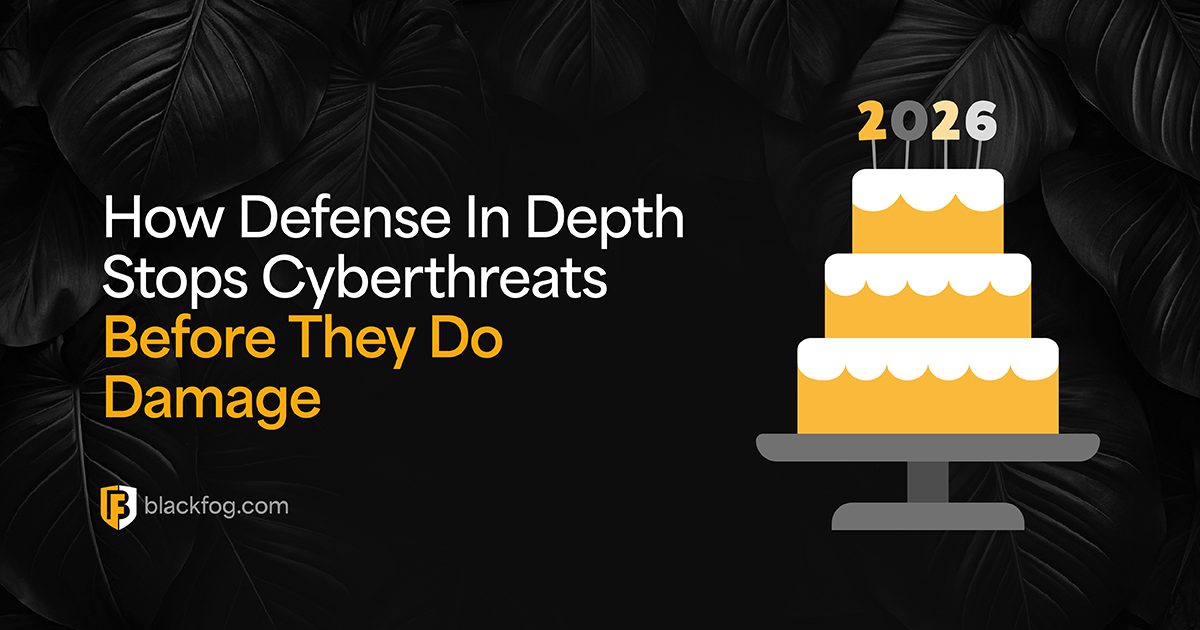
Understanding Ransomware Decryptors and How They Can Be Used
When it comes to malware and ransomware, prevention is always the best defense. Strong cybersecurity measures, regular backups and user awareness are critical to avoiding costly breaches. However, even the most prepared businesses can sometimes fall victim to sophisticated attacks.
If defenses are breached and critical data is encrypted, having safe, reliable recovery options becomes essential. This is where ransomware decryptors can play a key role. In certain cases, these tools offer a way to unlock encrypted files without paying a ransom, helping organizations recover quickly and avoid further financial or reputational harm.
What Is a Ransomware Decryptor and How Does It Work?
A ransomware decryptor is a specialized tool designed to help businesses recover encrypted files without having to hand money to attackers for decryption keys. These tools work by exploiting weaknesses in the encryption methods used by specific strains of ransomware, or by using decryption keys that have already been seized by law enforcement.
For instance, last year, the FBI secured over 7,000 LockBit ransomware keys that victims could use to recover files. However, there are also a range of free and commercial tools that can be used.
Decryptors can be a vital recovery option when firm have failed to detect ransomware early enough and backups are unavailable, incomplete or compromised during an attack. However, decryptors are not universal solutions – they are only effective against certain ransomware variants where flaws or key leaks have already been identified.
How Ransomware Decryptors Work
When a ransomware attack encrypts files, it uses a cryptographic algorithm to scramble the data. If researchers can reverse-engineer the encryption method, find mistakes in how the ransomware was coded, or obtain the private decryption key, they can build a decryptor tool. This is then used to safely restore access to the affected files without needing to negotiate with the attackers or pay a ransom. In order to work effectively, decryptors must be matched precisely to the ransomware strain involved.
When Can Firms Use a Ransomware Decryptor?
Ransomware decryptors can be a valuable tool when key business data has been encrypted and no clean backups are available. However, decryptors are only effective against certain ransomware families, typically older or less sophisticated strains where weaknesses in the encryption have been discovered. Not every ransomware attack will have a decryptor solution available, especially with newer or more advanced variants.
Before attempting to use a decryptor, it is essential to correctly identify the specific type of ransomware involved. Using the wrong decryptor can cause further data damage or make recovery impossible. Using ransomware identification tools is a key step in this. Once identified, businesses can search trusted sources to find a legitimate decryptor if one exists. Accurate identification is the first and most critical step in safe recovery.
The Importance of Using Trusted Decryptors
While ransomware decryptors can be highly effective, businesses must exercise extreme caution when searching for these tools. Downloading a decryptor from an unverified or suspicious source can lead to further compromise, including the installation of additional malware, theft of sensitive information or permanent corruption of encrypted files.
Attackers sometimes disguise their own malware as fake decryptor tools to exploit desperate victims. To stay safe, firms should only download decryptors from reputable cybersecurity organizations, government initiatives like Europol’s No More Ransom initiative, or trusted cybersecurity vendors. Using only verified sources is essential to avoid making a bad situation even worse.
Limitations of Ransomware Decryptors
While ransomware decryptors can be a valuable recovery tool, businesses cannot rely on them as a guaranteed solution, especially against newer, more sophisticated ransomware variants. Relying on them as a standalone solution carries several limitations, including:
- Ineffective against modern threats: Many newer ransomware strains use advanced encryption and double extortion tactics – exfiltrating sensitive data before locking systems -making decryptors insufficient.
- Data exfiltration remains an issue: The majority of ransomware attacks now aim to steal data before encryption. Even if a decryptor successfully restores access to encrypted files, it cannot undo the damage of stolen or leaked information.
- The need for technical expertise: >Using a decryptor improperly can corrupt data further and leave systems open to reinfection. Some firms may not have the technical know-how to avoid such issues.
Ultimately, the most reliable defense against ransomware remains maintaining strong, secure and regularly tested backups. A clean, isolated backup allows businesses to restore operations quickly and safely without depending on decryptors or negotiating with attackers.
Should You Pay the Ransom?
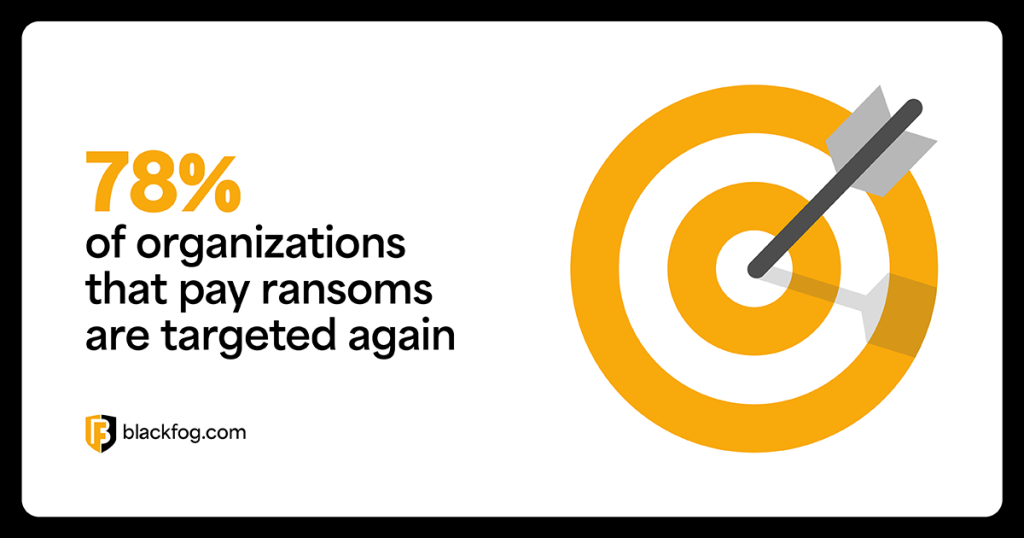
When faced with a ransomware attack and no available decryptor, some businesses may consider paying the ransom in the hope of recovering their data quickly. The pressure to resume operations and avoid reputational harm can be intense. However, best practice from cybersecurity experts and law enforcement agencies is clear: do not pay the ransom unless absolutely unavoidable.
Key reasons why paying is strongly discouraged include:
- No guarantee of data recovery: Attackers may not provide working decryption keys or may demand additional payments.
- Encouraging future attacks: Paying ransoms funds criminal activity and increases the likelihood of being targeted again. Indeed, one study by Cybereason found 78 percent of organizations that pay are targeted again.
- Potential legal and regulatory issues: In some jurisdictions, paying certain ransomware groups may breach sanctions laws, leading to legal penalties.
- Ongoing risk: Even after payment, attackers may retain stolen data, exposing businesses to future extortion.
Ultimately, prevention remains the strongest defense. In an environment where sophisticated double extortion ransomware is now the dominant method used by hackers, strong cybersecurity practices, robust backup strategies and early detection are critical to reducing risk and avoiding damage after an attack.
Share This Story, Choose Your Platform!
Related Posts
The Importance Of Effective Cloud Security Architecture: What To Know For 2026
What must firms consider when building cloud security architecture that's fit for the modern era of computing?
Why Attack Surface Management Matters Now More Than Ever
What key challenges do companies face as networks expand and their attack surface grows, increasing the need for effective attack surface management?
5 Key Enterprise Network Security Challenges Firms Must Address In 2026
Is your firm still dealing with these five enterprise network security challenges? Here's what to do to improve your position.
Making Security Proactive With Continuous Threat Exposure Management
Find out everything you need to know about continuous threat exposure management, what's involved and the benefits it could bring to organizations.
How Defense In Depth Stops Cyberthreats Before They Do Damage
Learn what's involved in an effective defense in depth approach to cybersecurity and why this matters more than ever in a fast-evolving environment.
Enterprise Cybersecurity In 2026: Strategies, Trends And Threats Shaping The Future
What will enterprise cybersecurity hold for business in 2026 and what will cybersecurity leaders need to do to protect their firms from new threats?

